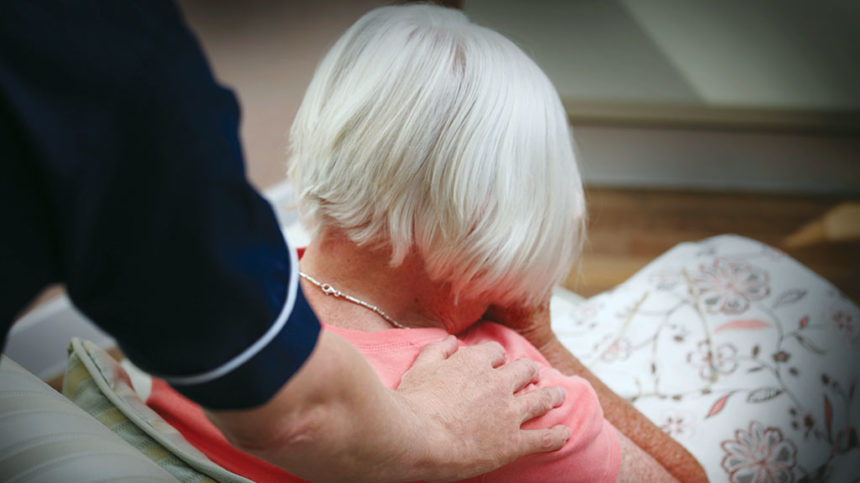
Scientists, medical research and lots of equity, both sweat and money, have led to remarkable advances toward cures for things such as cancer and Alzheimer’s disease. This leaves many wondering why a seemingly benign issue such as incontinence — which affects far more seniors than any single deadly disease — hasn’t been “cured” yet.
According to the Wound Ostomy and Continence Nurses Society, approximately 80% of individuals affected by urinary incontinence can be cured or improved. Yet in their zeal to manage incontinence, many providers unwittingly trade one potential problem for another by relying on medications that pose cognitive risk or poorly made briefs that could contribute to bedsores.
Through relatively simple measures such as thorough initial assessments and other documentation, old-fashioned vigilance, and even alternative therapies, incontinence and its attendant risks can be mitigated. Also at the top of that list: Adopting a person-centered approach to toileting that places the resident’s needs above staff convenience.
Ensuring quality sleep and providing proven alternative therapies can go far in managing incontinence. But to administrators such as Gary Minassian, administrator/owner of Crestwood Nursing & Rehabilitation Center in Warren, RI, there’s no substitute for an effective bond between caregiver and resident.
Several years ago, Crestwood adopted a new approach to incontinence care that began with thorough assessments upon admission.
Knowing that cognitively impaired yet highly independent and mobile residents with incontinence are among the highest risk for falls, Minassian understood the importance of constant vigilance and observation. That led to the establishment of a program that included certified nursing assistants documenting in a diary their observations of resident behaviors, including eating habits, body language during exercises, changes in gait and mood, and the times when toileting occurs.
The need for frequent toileting and/or urgency to void in the elderly increases the risk of falls by 26% and bone fractures by 34%, according to WOCN. The group also notes that 53% of homebound older persons have overactive bladder/urge incontinence.
BRIEFS — FOCUS ON: INCONTINENCE
- Skin discolorations may mimic pressure wounds
Skin manifestations of COVID-19 may appear similar to pressure injuries, a factor that should be noted during diagnosis and when filing federal reports, cautions the National Pressure Injury Advisory Panel. COVID-19 infections can lead to blood coagulation problems, resulting in skin changes that appear purpuric (discolored) and quickly cause tissue death, the panel explained in a position statement. “[COVID-19 skin injuries] mimic the appearance of deep tissue pressure injury, especially when they occur over tissue exposed to pressure and/or shear stress (for instance, sacrum, buttocks, heels) or under medical devices,” the panel reports. “If the [blood] vessels are significantly or fully occluded, then adequate reperfusion is not achievable even in the presence of reasonable repositioning and turning of the patient and the use of appropriate support surfaces.”
- MBET’s Miracle Dressing available
MBET Health has launched its new Miracle Dressing Wound Care System, billing it as a proactive solution for an impending surge of pressure injuries related to COVID-19 mitigation. Miracle Dressing is a patented, Class 1 medical device used along with an agglutinant with marine extracts to prevent pressure sore development and promote healing of Stage 1 and Stage 2 wounds. It can be left on up to 21 days and comes in strips for the sacral area or for heels, elbows and buttocks. “MDS is the easiest way to not only prevent pressure injuries in all facilities across the healthcare spectrum, but to enable staff efficiencies and pain reduction with the first and only 21-day stay-in-place dressing,” said Eric Lewis, M.D., a dermatologist, surgeon and founder of MBET. “We are thrilled to offer a product which has already been shown — in private practice and various healthcare facilities — to help prevent pressure injuries, while promoting skin rejuvenation.”



